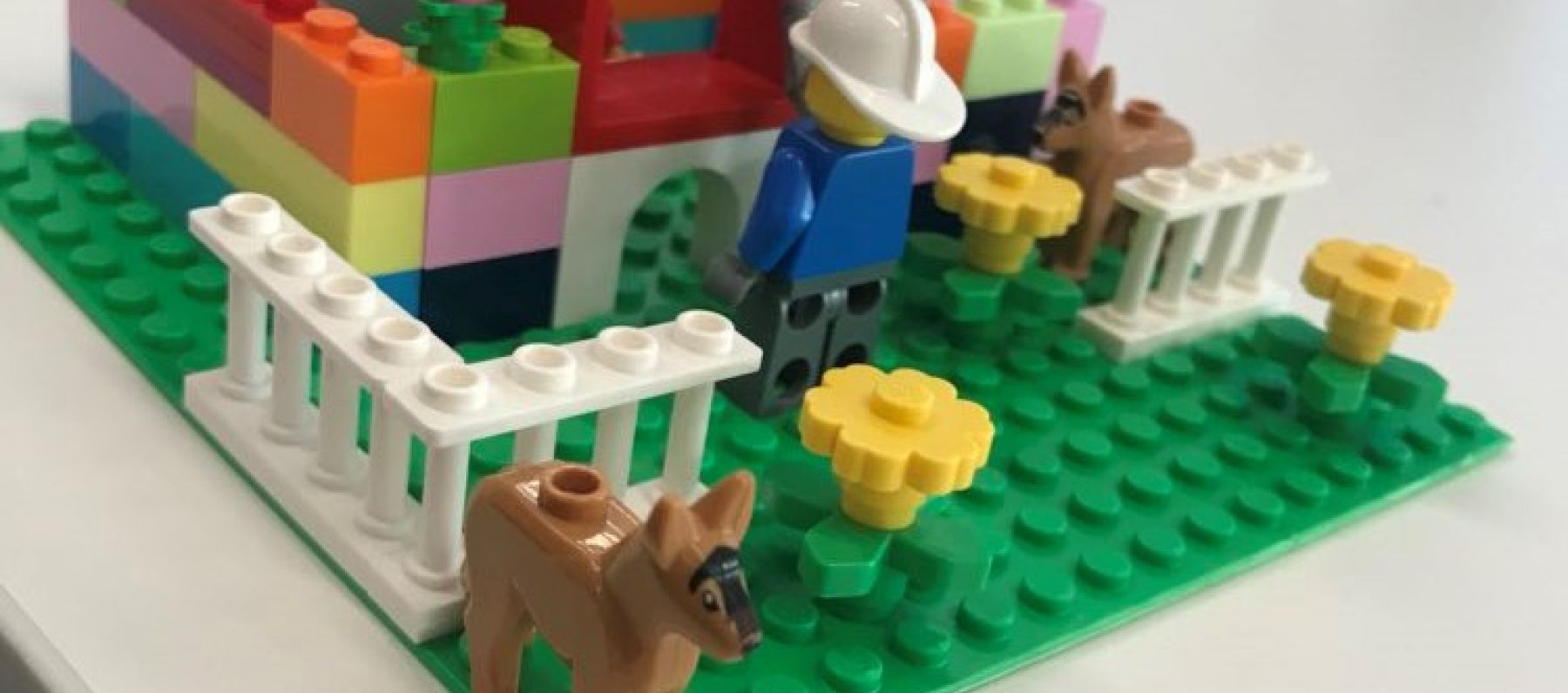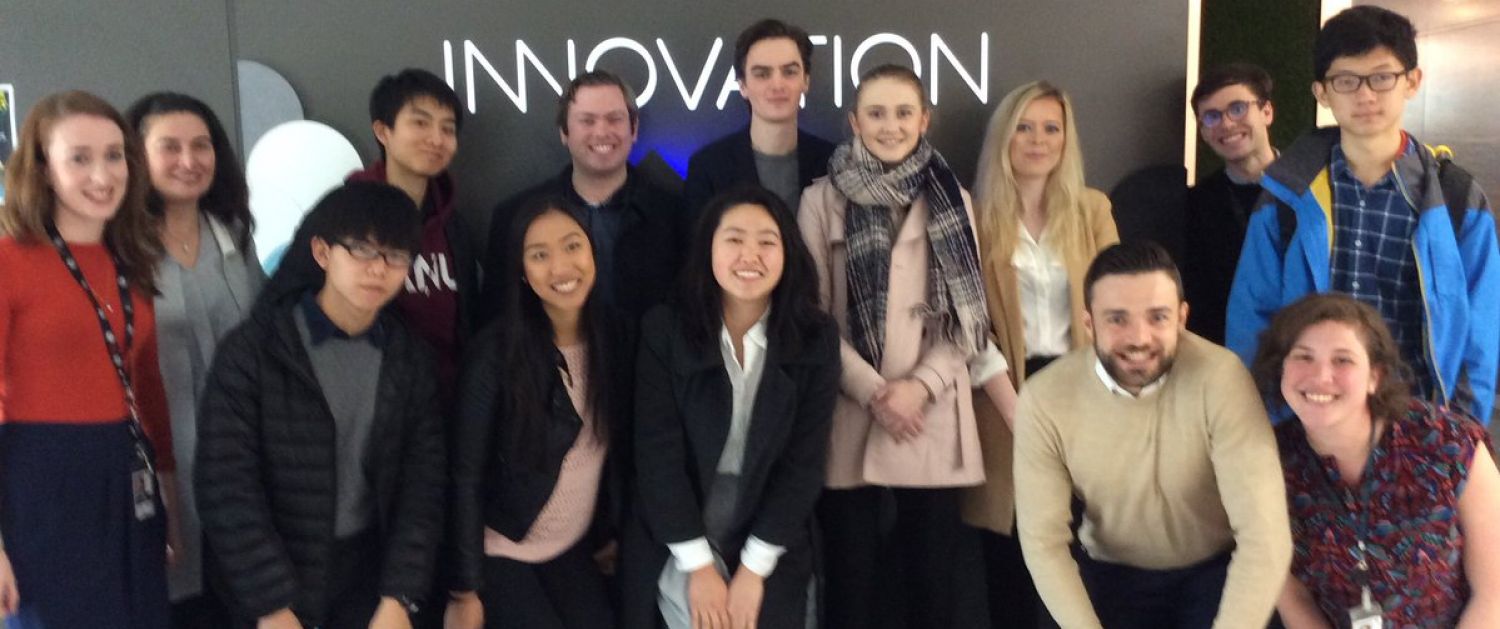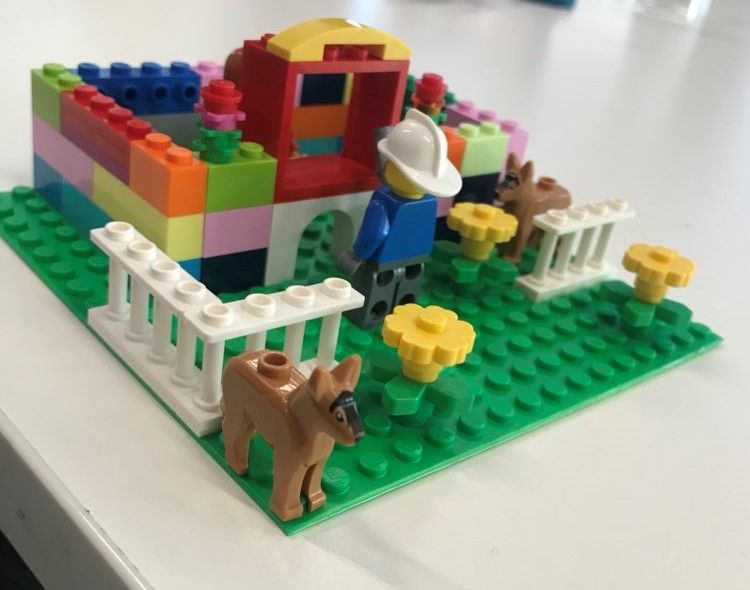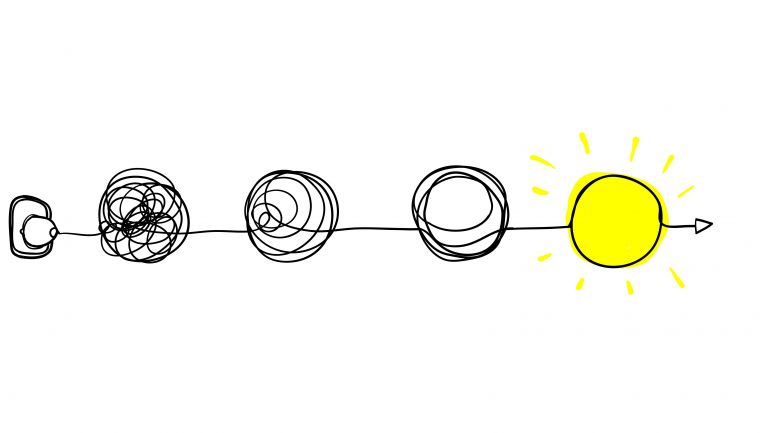Sign up for our monthly newsletter

'This is the future of how policy will be made'
They have come from all over the globe – some of the best and brightest students from the world’s premier research institutions.
And they have come with one purpose in mind: to learn about how policy is made, how it might be made better and how it will be made in the future they will help to create.
These students are part of the IARU summer program hosted by the Australian National University. The IARU is a network comprising 12 of the world’s greatest research universities. Among its members are Oxford and Cambridge Universities, as well as Yale, Berkeley and the Universities of Tokyo and Beijing.
Thirty students from these universities, spanning half a dozen different nations, have been in Canberra for the three-week program, themed around how policy, including foreign policy, is created in real-world situations.
That has involved immersive and intensive experiences across Canberra’s policy landscape. And ThinkPlace has played a significant role, running multiple sessions with the group and exposing these future leaders – who will likely one day create and implement important policy in their home nations – to principles of design thinking and human-centred design.
Ask course convenor Timothea Turnbull why she was so determined to expose the group to ThinkPlace’s studio, its designers and its methods and she is clear.
“This is the future of how policy will be made,” she says. “We are shaking things up for these students who have been mostly exposed to a lot of book learning.”
Inside one of ThinkPlace’s innovation spaces, where floor to ceiling whiteboards span the entire length of every wall, the students are running through a real-world problem based on previous work ThinkPlace has carried out: youth unemployment.
They discuss and respond to proviocations like:
What do jobseekers think?
What do young people really need?
What role does casualisation play?

They are learning to apply the principles of design thinking to this complex problem. It starts with a position of empathy: seeing the problem through the eyes of those who experience it. And from there ideas begin to flow and can be tested, prototyped and developed.
Groups build community-focused service hubs out of lego and talk about how they will help address some of the system-wide problems they've already identified.
“Today I think the most important thing they are learning is empathy,” Ms Turnbull says. “They need to always be aware that government decisions, policy decisions, impact on real people in meaningful ways.
Experienced designers remind the students that deep values underpin their work. That the intent is always to help navigate complex systems in order to create social good.
“These are future leaders, future policy makers from all over the world,” Ms Turnbull says. “If we can get them really thinking about values – not just about how to construct policy but why and for whom – then we will have achieved something important.”
May’s Federal Budget featured a call to expand the role of design thinking and human-centred design within the Australian Public Service.
More recently, the head of the APS, Martin Parkinson, has called on the future APS to be far more “citizen centric” in how it creates and implements policy and service delivery.
Reona Matsumoto, a 22-year-old law student from the University of Tokyo has been paying close attention.
Ms Matsumoto hopes to enter the Japanese civil service when she graduates in 2020.
“I’m interested in politics and policy and I wanted to know more about how it works in Australia,” she says.
“A workplace like this studio is very new to me. It’s so open. We don’t really have this in Japan. The communication between people is more intense because it is designed to make it easier for people to communicate with each other.”
This has been Ms Matsumoto’s first exposure to ideas such as design thinking and human-centred design.
“I thought it was so interesting how the designers dig deeper into things than I might have thought to,” she says. “Getting the voices of the people who you are creating something for is important. It really helps.”






